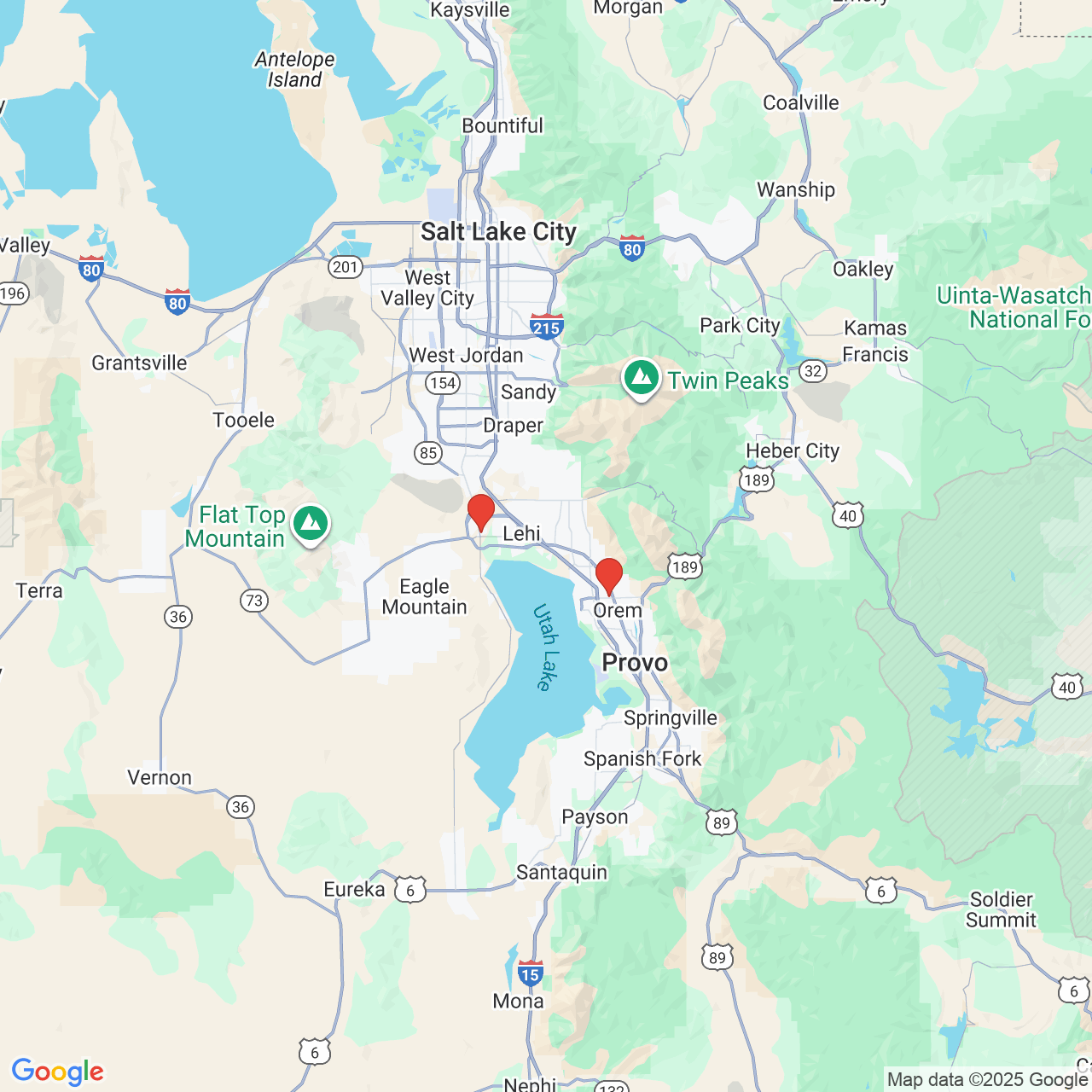We Can Treat a Wide Range of Facial Traumas
Oral and maxillofacial surgeons work to treat a variety of facial injuries. These professionals need to be highly skilled in emergency care, treatment methods for acute injuries, and long-term rehabilitation and reconstruction. While proper treatment is obviously critical for physical reasons, the emotional health of the patient is also at stake after an injury to the face. Facial injuries can lead to a high degree of physical and mental trauma to patients, and specialized, "hands on" experience is critical for the patient's long term appearance and health.
The surgeons at our practice work to meet and exceed modern surgical standards. They are highly-skilled, well-trained, and extremely qualified to treat and manage facial trauma. They work with local hospitals to deliver emergency coverage for facial injuries and trauma, the most common of which include the following conditions:
- Intraoral lacerations
- Facial lacerations
- Avulsed or knocked out teeth
- Broken facial bones (socket of the eye, nose, or cheek)
- Fractured jaws
Understanding Maxillofacial Trauma
There are numerous potential causes of facial trauma, including automobile accidents, sports injuries, accidental falls, violence, and injuries at the workplace. These injuries can range from minor problems with the teeth to severe injuries involving the bones and skin of the face. Facial injuries are typically classified in one of three groups: soft tissue (gums and skin), bone (fractures), or special regions (eyes, salivary glands, or facial nerves).
Soft Tissue Facial Injuries
Soft tissue injuries that occur to the face usually include lacerations, and they are generally repaired with stitches. One of the most obvious concerns is repairing the laceration in order to provide for a great cosmetic result, but surgeons also have other considerations to keep in mind. It is important to properly inspect and treat these structures so that no damage occurs to the salivary ducts, salivary glands, or facial nerves. Our surgeons are well trained and highly proficient at identifying and treating facial lacerations and other soft tissue injuries.
Bone Facial Issues
Fractures to the facial bones will be treated similarly to fractures that you might experience in other parts of your body. The exact treatment will be determined by a variety of factors, including the location of the injury, the severity, the age of the patient and the patient's general health. When a bone of the leg or arm is fractured, a cast will be applied in order to provide stabilization, but this won't be an option on the face. For this reason, other means are used to stabilize fractures to bones of the face.
One of the stabilization methods that can be used in this process when there is a fracture to the lower or upper jaw would involve wiring the two jaws together. Other fractures might be treated through surgical placement of screws or a small plate, and this technique can allow for healing and may prevent the need for the jaws being wired together. Known as "rigid fixation," this fracture treatment method is relatively new but has been extremely successful at reducing patient recovery times, allowing them to get back to their normal activities as soon as possible.
Facial fracture treatment will need to be accomplished in a predictable and thorough manner. Most importantly, surgeons will select treatment methods that have minimal effect on the facial shape and appearance. Our surgeons will attempt to access your facial bones by making the fewest incisions needed, and those that are used are specially designed to be small and placed in a strategic location so that the resulting scar is well-hidden.
Injuries to the Teeth & Other Dental Structures
Injuries to the teeth are extremely common, especially when trauma is involved. Many of these issues will require the expertise of a team involving dental specialists. Our oral surgeons are typically involved when the supporting bone has been fractured, and we can also assist in replanting the teeth after they've been knocked out or displaced as a result of the injury. Treating these injuries can be completed using a variety of splinting methods, which involves using wiring to stabilize the teeth or bonding them together.
 If you lose a tooth as a result of an accident, you should immediately place it into milk or salt water, and it is important that you get in to see your dentist as soon as possible. The sooner that your tooth is re-inserted back into its dental socket, the better the chances will be that it can be successfully replanted. If there are tissues or other organic matter on the tooth, never try to wipe it off, as these remnants will be essential to the success of replanting the tooth.
If you lose a tooth as a result of an accident, you should immediately place it into milk or salt water, and it is important that you get in to see your dentist as soon as possible. The sooner that your tooth is re-inserted back into its dental socket, the better the chances will be that it can be successfully replanted. If there are tissues or other organic matter on the tooth, never try to wipe it off, as these remnants will be essential to the success of replanting the tooth.
When treating these issues, other dental specialists may also be needed, such as an endodontist. This specialized dentist will be called on if root canal therapy is needed, and restorative dentists may be contacted if your fractured teeth need to be repaired. In the event that the teeth are so injured that they cannot be fixed or saved, dental implants may be a good option to serve as replacement teeth.
A Team of Specialists
The proper treatment of injuries to the face takes a team approach, and a variety of specialists will be involved in the process. With a highly skilled team of professionals to provide emergency treatment, acute care, long-term rehabilitation ,and reconstruction, you will get the best possible care to restore the structure, function and appearance of your teeth, face and smile.
Schedule a Consultation
If you have suffered a facial trauma, reach out to our office or call (801) 224-1200 to learn more about your treatment options.


